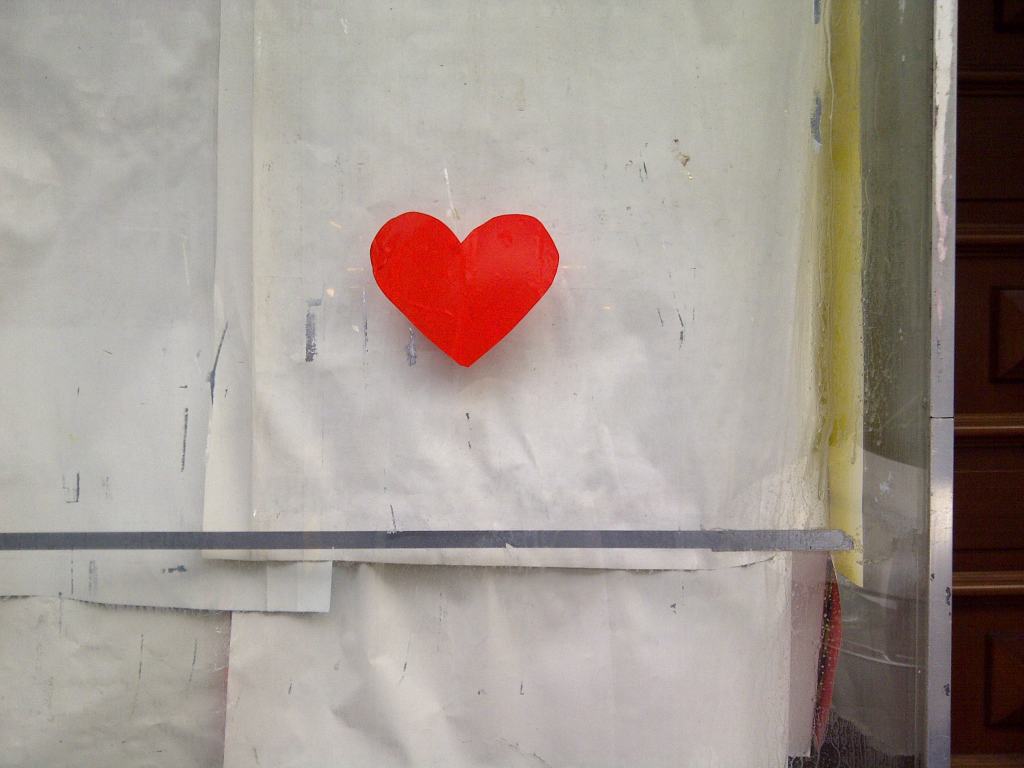by Francesca Perry
As it’s Valentine’s Day, let’s think about love. Or more specifically, how do urban forms – if at all – affect and even shape attitudes towards and behaviours surrounding love, sex and romance? I’m not seeking a claim of outright environmental determinism, but I do think it’s interesting to consider possible connections. Romantic and sexual behaviours are part and parcel of social practices – something that most agree the built environment plays a significant role in. How we live our public lives, in the public realm, is coordinated by how a city is built and organised. The ways in which we work and play, in which we come together or separate ourselves off – the city both reflects and perpetuates this.
A fascinating article by Abigail Haworth, exploring the current social phenomenon in Japan in which young people seem to be decreasingly interested in sex and relationships,has long stuck in my mind. It is well known that Japan is a conglomeration of mega-regions – which is to say it is a country of endless cities. For me, then, this social phenomenon seems to be a particularly urban one. Haworth cited the pressured economic and work culture as primary reasons in this attitude shift. Her mention of urban conveniences-for-one, however, particularly grabbed my attention. In a city like Tokyo catered towards the individual, where apartments are tiny, density is high, products are sold individually-wrapped and visual stimuli is excessive, is the notion of togetherness designed out or made unappealing?
I often quote Georg Simmel, whose seminal essay ‘The Metropolis and Mental Life’ in 1903 suggested that the busier our cities and the greater the level of stimuli in our urban environments, the more likely we are to retereat into ourselves and adopt a blasé attitude to the external world. I am not saying that Simmel’s extreme conclusion is what is going on here, but it is an interesting psychological context to consider.
This got me thinking about other cities, other romantic practices. Paris may be known as the city of love, but beyond tourist rose-tinted glasses, what is the reality of romance there? From both first- and second-hand experience, it seems to me that some romantic attitudes are as stuck in their ways as the obsessively-preserved architecture. In this snow globe of a city, where the real diversity of modern life is pushed out beyond the Boulevard Périphérique, one can find very male-dominated traditional attitudes that result in an imbalance not palatable to any feminist. Monogomy is rare; men peacock around the metropolis, as sure of their virility as Paris is of its legendary status. Paris in its elegant beauty certainly encourages romance – but it is often a fleeting act, an ongoing merry-go-round that sparkles as brightly as the Eiffel Tower’s light show, and burns out just as quick.
In London, we can’t help but feel that the sprawling size of the city plays a role in our romances. When it can take as long to travel to a (potential) partner’s house as it would to fly to another country, does the sheer dispersed bulk of London form a barrier to sparking – and sustaining – romantic connections? What, then, will happen when tube lines are opened around the clock in 2015 – could transport infrastructure be the facilitator of love? Prague seems to have taken this one step further, with dedicated ‘flirt trains’ which encourage romantic connections. In London, whilst our public spaces become ever-more privatised, and our social spaces ever more commercialised and unaffordable, our places for pursuing romance seem to become increasingly restricted – perhaps flirt trains are next on our agenda too.
Can a city’s form be more ‘intimate’? Think of Barcelona, where in the close-quarters of the central Gothic Quarter, life is certainly lived more in the public realm: togetherness is enabled, encouraged, celebrated by every square and every pedestrianised street. Does it follow, then, that facilitating social interaction affects romantic connections? Or is this rendered meaningless in an age of digital encounters via dating and hook-up apps?
In dense, concentrated cities, apps such as Grindr and Tinder are more successful. The more people in your immediate location, the more options and opportunities there are to you. Perhaps facilitated or reflected by this, the high-density city of New York seems to be known as a ‘dating’ city, with a culture of hook-ups and romances that seem to be yet just another activity slotted in the queue of consumption. Whatever you want, whenever you want it, you can pretty much get it in New York, whether it’s a hamburger delivered to your door, a person to walk your dog in the middle of the night, or a hook-up (or all three).
What of the city of sex? Whilst some define Amsterdam by its Red District and associate it with sexual indulgence, the real picture is a more wholesome – but happily liberal – one. As a city, Amsterdam is low-density, low-stress, open-plan, beautiful and with generous and inclusive public spaces. Fitting, then, that a life-long resident (and friend of mine) should call it ‘tolerant, progressive and liberal’ in terms of sex and romance, with a focus on equal and settled partnerships: ‘the culture is just quite open, practical and sober about sex, it isn’t something taboo or forbidden so there’s no ‘exciting’ cultural fixation on it.’ 
Of course, I have somewhat set myself up to fail. Urban form cannot dictate sexual and romantic activity – culture, economy, social norms, even laws will always play a more dominant role. In Singapore, a single person is not eligible for a HDB (public housing) flat until they’re roughly 35, meaning most people in their twenties still live with their parents – or have to get married in order to move out and achieve any romantic privacy. A culture of dating, as you can expect, does not blossom under such circumstances. And it can get even more extreme: in Purwakata City in Indonesia, unmarried couples are forbidden to be seen on dates after 9pm – and as the (reported) story goes, those found to be defying this law are forced to get married ‘on the spot’. Yes, seriously.
Whilst, then, other factors are more critical, as urbanists we must always consider how the design of cities enables or hinders social interaction. And social interaction, of course, is the start of it all. Happy Valentine’s Day.
This is an edited and updated version of an article originally published on this site in 2014. Thank you to some truly wonderful women who helped me with this piece: Anna Berezina, Zing Tsjeng, Natasha Lennard and Rosie Haslem.




